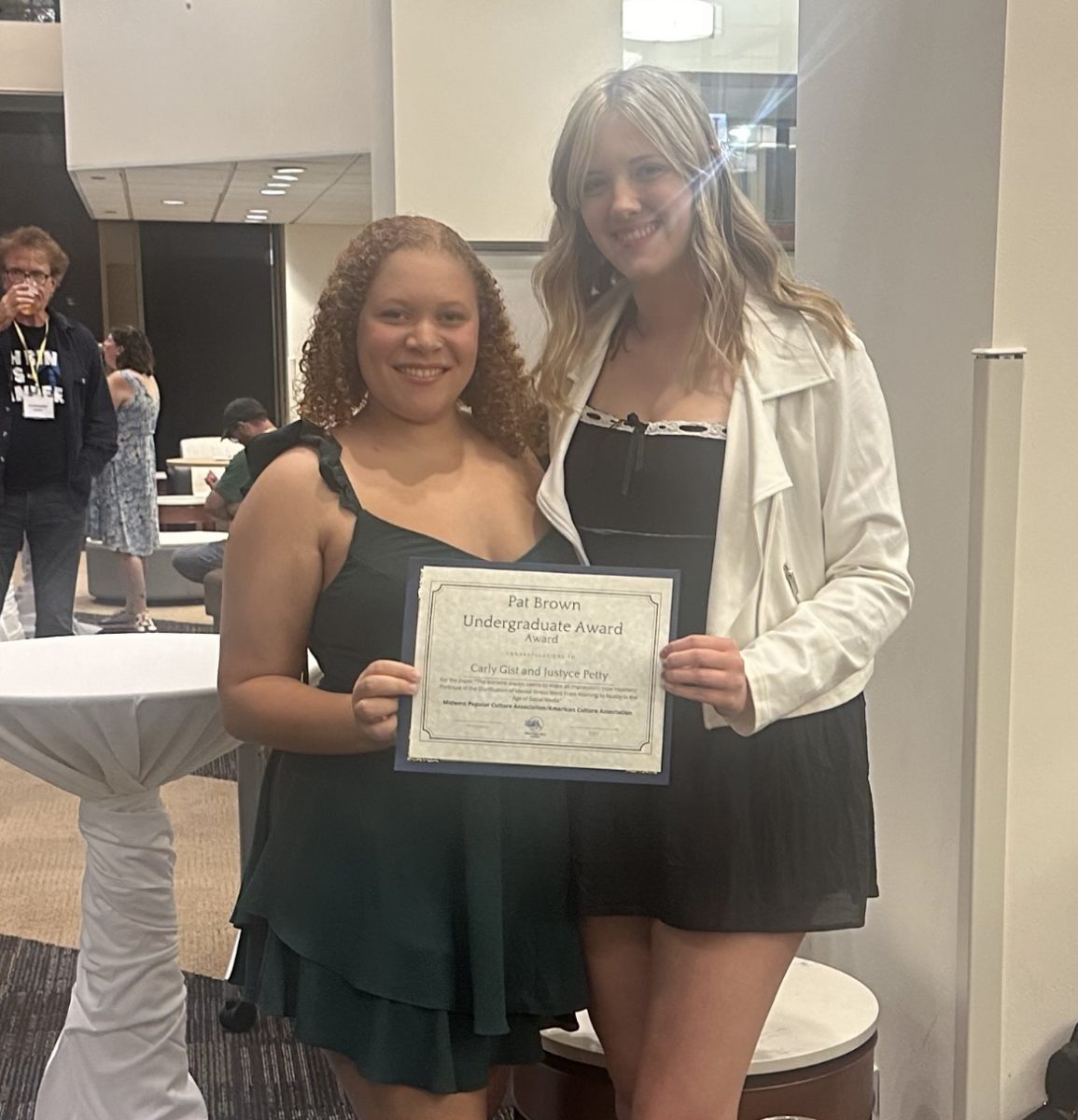Home away from home
November 29, 2005
Victims of Hurricane Katrina gather to share experiences, remember the Gulf Coast
Carolyn Rudolph and boyfriend Stephen Pizzicato returned to New Orleans after Hurricane Katrina to an apartment full of mildew and scenes of absolute devastation across the city.
Rudolph, a New Orleans native who now studies at SIUC, was shocked at what she saw. Road signs had bent and twisted by storm winds, and buildings were in ruins.
Advertisement
“We just grabbed as much as we could fit in the car and left,” Rudolph said.
But months after the hurricane, Rudolph and Pizzicato gathered with dozens of other students and faculty to meet others affected by Hurricane Katrina and take comfort in the familiar tastes of New Orleans. The University’s Hurricane Relief Committee planned the dinner, which took place in the Old Main restaurant in the Student Center Wednesday night.
The meal included several authentic Louisiana dishes, such as gumbo, jambalaya, red beans and rice, southern fried catfish and bread pudding.
Kawana Coulon, a committee member and New Student Programs employee who came from Xavier University in Louisiana following the hurricane, said the dinner was a way for displaced students to get to know one another and meet administrators who could help them with their transition.
“This is the first opportunity they’ve had to meet each other,” Coulon said.
Rhetta Burnside of New Orleans said the dinner was nice because she could talk with people familiar with the area who can relate to the pain and suffering the hurricane left behind.
“I think it’s a good thing,” she said. “There’s so much emotion connected to this.”
Advertisement*
Burnside followed her husband, Randy Burnside, an assistant professor in political science, to Carbondale following the storm. He came to SIUC in August. She planned to follow a year later with their 4-month-old son. Hurricane Katrina rushed their plans.
“The funny thing is that we rented a truck, and we had it in our mind that we were going to clean everything in two days,” Rhetta said. “We got there, and it was like everything was upside down.”
Despite non-stop media coverage, Randy said there was no way for the general public to comprehend the destruction that he witnessed. He said the media only covered certain locations; he lived in a neighborhood that was too treacherous for the media to access.
“You cannot believe the destruction until you see it,” Randy said. “You are just speechless. The pictures on TV do not do justice.”
Rhetta said some days are better than others. She misses the traditions she shared with her family.
“New Orleans is an old place, and it’s a place where people generally don’t leave,” Rhetta said. “It’s like a nucleus for so many families.”
Her husband agreed, saying family is important to residents, and Hurricane Katrina disrupted that bond.
“That’s probably the biggest loss,” Randy said. “It splintered families.”
After losing communication with her family for two weeks after the hurricane, Denise Fairley said she had a hard time watching the news coverage on television. Fairley, a junior from the Mississippi Gulf Coast area studying physical therapy, said she thought about driving home to check on family.
“Are they dead? Are they alive? Are they safe? It was pretty scary,” Fairley said.
After living in the area for 18 years, she said it is still hard to believe that everything is gone.
“It was devastating,” Fairley said. “Just looking at it was unbelievable.”
Reporter Laura Teegarden can be reached at [email protected]
Advertisement









